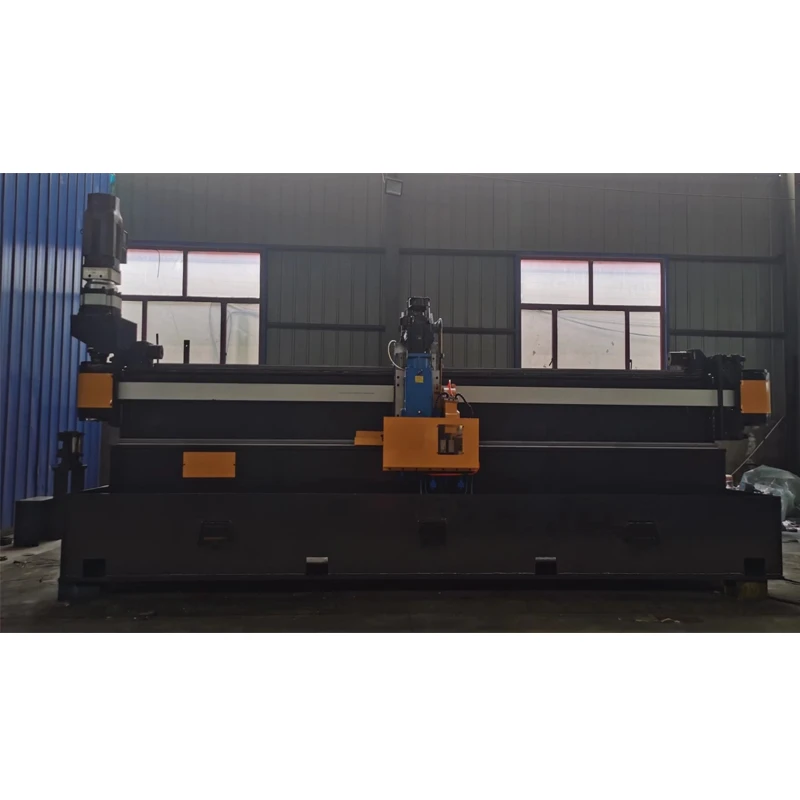Roller Designs for Sheet Metal Forming Processes and Applications
Understanding Sheet Metal Forming Rollers
Sheet metal forming is a crucial process in manufacturing industries, encompassing various techniques to shape and mold metal sheets into desired forms. Among the critical tools in this process are roll forming machines equipped with specialized rollers. These rollers play a vital role in shaping thin metal sheets through continuous deformation.
The Basics of Sheet Metal Forming
Sheet metal forming involves several methods, including bending, stretching, and rolling. Roll forming specifically refers to a continuous bending operation where a long strip of metal is passed through a series of rollers to achieve a uniform cross-section. This method is particularly advantageous for producing large quantities of uniform products with high consistency and efficiency.
The Role of Rollers in Forming Processes
Rollers are designed to reshape metal sheets by applying specific forces and contours. In a typical roll forming setup, the metal strip is fed through multiple pairs of rollers, each adjusting the shape slightly more than the last. These rollers are engineered with precision and can have different profiles, angles, and dimensions, depending on the desired final product.
Types of Rollers
There are several types of rollers used in sheet metal forming, each serving a distinct purpose
1. Forming Rolls These are the primary elements responsible for creating the specific shape of the component. Forming rolls can be designed for various profiles, including angles, channels, and tubes.
2. Drive Rolls These rollers are crucial for guiding and feeding the metal sheet through the machinery. They ensure uniform motion and maintain the tension required for consistent shaping.
sheet metal forming rollers

3. Backup Rolls Used in heavier applications, backup rolls support the forming rolls and prevent deflection, ensuring the integrity of the shape throughout the process.
Material Considerations
The choice of materials for rollers is essential for durability and performance. Rollers are typically made from high-strength steels, which can withstand the wear and tear associated with continuous processing. Additionally, surface treatments, such as hardening or coating, can be applied to enhance resistance to abrasion and corrosion, ensuring a longer lifespan for the components.
Applications of Roll Forming
Roll forming is widely used across various industries, including automotive, construction, and consumer goods. Common applications include the production of roofing sheets, structural components, and framing systems. The ability to maintain tight tolerances and produce complex shapes rapidly makes roll forming an attractive option for manufacturers seeking efficiency and quality.
Advantages of Roll Forming
The benefits of using roll forming rollers in sheet metal processing are numerous. Chief among them is the cost-effectiveness of the process, as it reduces material waste compared to other methods like stamping. Additionally, roll forming allows for continuous production, which can significantly increase throughput and lower per-unit costs.
Another advantage is the versatility of the roll forming process. Rollers can be easily modified or replaced to accommodate different designs, enabling manufacturers to pivot quickly in response to market demands. The process also promotes consistency, resulting in higher-quality end products with fewer defects.
Conclusion
In summary, sheet metal forming rollers are indispensable components in the roll forming process, enabling manufacturers to efficiently create a wide range of products. With their precision engineering and adaptability, rollers not only enhance the productivity of the metal forming industry but also ensure the quality and consistency required in today's competitive market. As technology advances, the design and functionality of these rollers are likely to evolve, further enhancing their role in manufacturing processes.
-
High Frequency Straight Seam Welded Pipe Production Line-BzZhou Xinghua Machinery Equipment Manufacturing Co., LTD.|line pipe steel&welded gas pipeNewsJul.30,2025
-
High Frequency Straight Seam Welded Pipe Production Line-BzZhou Xinghua Machinery Equipment Manufacturing Co., LTD.|High Precision&Automated SolutionsNewsJul.30,2025
-
High Frequency Straight Seam Welded Pipe Production Line - BzZhou Xinghua Machinery Equipment Manufacturing Co., Ltd.NewsJul.30,2025
-
High Frequency Straight Seam Welded Pipe Production Line-BzZhou Xinghua Machinery Equipment Manufacturing Co., LTD.|Precision Welding, High EfficiencyNewsJul.30,2025
-
High Frequency Straight Seam Welded Pipe Production Line|BzZhou Xinghua|Precision Welding&EfficiencyNewsJul.30,2025
-
High Frequency Straight Seam Welded Pipe Production Line - BzZhou Xinghua|Precision Engineering&EfficiencyNewsJul.30,2025


